A. You can use an RV cover when storing your RV, but be sure to use a good quality cover that can be secured to it. Make sure it is constructed of breathable materials. A plain, plastic tarp may do more harm than good if it allows moisture to build up underneath it.
When shopping for a cover, look for the descriptive keyword “breathable.” This means the cover will not be totally waterproof, but it will allow moisture that gets under the cover to evaporate.
Q. I read an excellent article you wrote about carbon monoxide (CO) detectors. However, it doesn’t say what to do when it goes off? Mine beeps every so often, but I don’t know what to look for or how to go about it. I take the battery out and put it back in the next day.
-Dale
A. If your CO detector sounds an alarm, the only safe response is to assume that it’s accurately reporting a dangerous level of carbon monoxide. When the detector alarms, the first thing you need to do is exit the RV to reach clear, uncontaminated air, opening windows and doors as you exit in order to ventilate the RV.
Next, you need to assess the potential sources of CO that may have set it off. Any appliance that burns fuel produces CO. This includes stoves, range burners, generators, RV furnaces, portable propane heaters and refrigerators or water heaters operating on propane.
Any possible CO source in operation in your RV when the alarm sounded needs to be inspected for malfunctions. The inspection needs to be conducted by a qualified repairman or propane-service technician.
Carbon monoxide can be deadly. If you are getting alarms, you need to take immediate action to identify and correct the problem. Don’t ignore a CO alarm! If you are getting an alarm, and you are sure there’s nothing operating in, or near (such as a neighbor’s charcoal grill, engine or generator), your RV that could produce CO, the alarm may be faulty.
The alarms are inexpensive, so if any doubt exists, buy a new alarm and install it. Select an alarm that has a digital readout to indicate lower levels of CO that are too low to cause an alarm, but are still hazardous over time.
Degrading DEF for Diesels
The question has come up about what effects degraded DEF may have on your engine. DEF is injected into the exhaust system in front of the catalytic converter element in SCR-equipped diesel engines. If the DEF is contaminated or degraded, the engine’s computer system may detect it and light the DEF light and may also go into a reduced power mode until the problem is corrected. While bad DEF won’t damage the engine, it could cause problems in the SCR system that would require flushing or repairs. It’s best to use DEF within one year of manufacture. There’s a date code on the container.
-Mark Nemeth #45776
Q. I have a 2011 Montana. My heater turns on; runs for a short time, then turns off. My propane tanks are full. When I try to turn it on, I can hear clicking, but it won’t start. Do I need to replace the board in the heater?
-Malorie
A. First, make sure your batteries are charged, or plug the rig into AC power and retest the furnace. Low voltage can make a furnace fail or act erratically. If you still have problems, read on. All RV furnaces work in a similar fashion, so oftentimes you can figure out what is wrong by paying close attention to what the furnace does when you try to turn it on. Let’s review the sequence the furnace goes through when starting.
When turning the furnace on, usually by setting the thermostat to produce heat, the first thing that happens is the furnace receives a 12-V signal from the thermostat, the fan blower relay closes and the blower will start running. Normal airflow will cause a sail switch inside the furnace to close, sending power to the circuit board. The board will open the gas valve, after about a 15- to 30-second delay, and the electronic igniter will begin to spark. If the flame lights, the board senses “flame lit,” and the furnace will run and produce heat until the thermostat is satisfied. Furnace shutdown starts by the loss of the 12-V signal from the thermostat. This removes power from the circuit board, closing the gas valve and extinguishing the flame. The blower relay (time delay) stays closed for an additional 30 to 60 seconds before it opens, shutting the blower down.
The circuit board in the furnace monitors several things to ensure that everything is working properly. If anything happens to make the circuit board unhappy, the furnace enters lockout mode, meaning the gas to the burner is shut off and the fan will run forever, or until you shut it off at the thermostat and try it all again.
Since this process happens in a sequence, we can make a fair assumption based upon what the furnace is doing. If you hear the blower running and you then hear the clicking of the spark igniter, the blower relay and sail switch are working and the circuit board is getting power. If you don’t get heat but the blower is still running, then you’re in lockout mode. Either the gas is not flowing, the igniter is not able to light it or the board is not sensing that the flame is lit. If you are sure that propane is available at the furnace, then the problem is likely to be either the gas valve, the igniter or the circuit board.
Circuit boards can be expensive, so it is best to diagnose the furnace and determine what is wrong before you go much further. It may be something simple and inexpensive. If you are not comfortable working on the furnace, call in a technician. If you want to troubleshoot it yourself, here’s an excellent furnace troubleshooting guide: www.rvforum.net/miscfiles/Furnace_Trouble-2.pdf.
Hitch Maintenance
Q. I recently upgraded from a 24-foot bumper pull to a 32-foot fifth-wheel trailer. Other than a periodic check of mounting bolts at the frame of the truck, are any adjustments needed at the hitch itself?
I use the Teflon disks instead of grease for neatness on the plate and white lithium spray on the jaws and lock mechanism. I feel a little “play” while in stop-and-go traffic. Is an adjustment needed, or is this normal?
-Al
A. Fifth-wheel hitches require little maintenance or adjustment once initially set up. Make sure all the mounting bolts are tight, and check them at least once a year. You need to keep a thin layer of grease on the parts of the hitch that contact and retain the pin. I always keep a thin layer of grease on the pin itself. The Teflon disk takes care of the rest.
It is normal for those hitches to have some fore and aft play; usually it’s where the pin meets the jaws or locking bar. It should be on the order of 1/8-inch or so. If yours seems to be moving more, you need to have it checked out by a service technician. However, I suspect you are only hearing a clunk when braking.
If you have your trailer brakes dialed in correctly, this should minimize the problem, since the trailer brakes should be set high enough to stop the trailer by themselves in normal braking. If they are set too low, the trailer will push on the truck when braking, causing the pin to move forward in the hitch and go “clunk.” I set mine so that when I apply them manually, they are slightly under the threshold of locking up on pavement at low speeds (15–20mph). A properly set up truck/trailer combo should stop in the same, or shorter, distance than the truck does by itself.



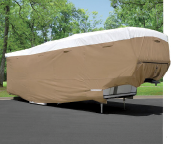
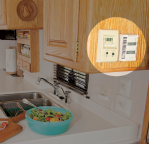

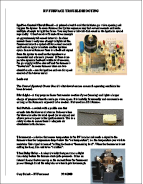




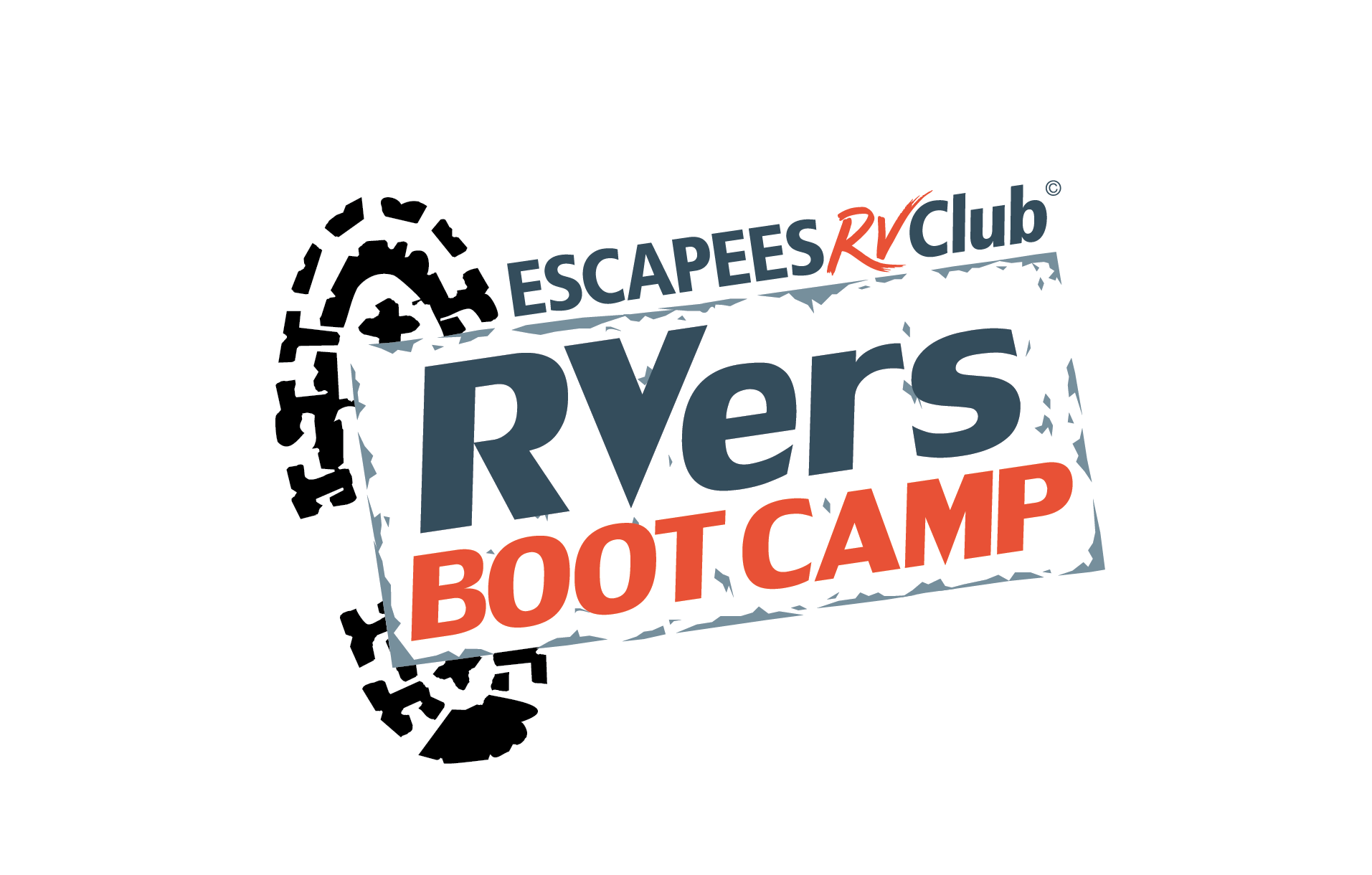


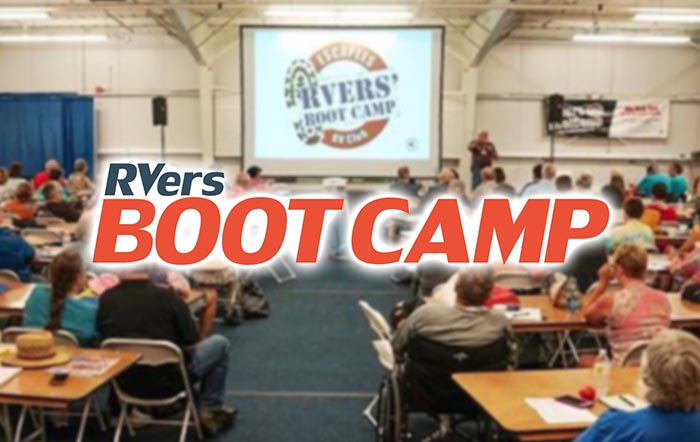


2 Responses
Mark, I have a RM2863 Dometic Electric/Gas refrigerator. It has started shutting itself off. When it does this there is no power to the control console. This happens in both the Electric and Gas modes. If I wait awhile, I can sometimes reset it. Other times I must wait for over two hours and then it may reset for a short time or run normally. I suspect it is a problem with the control panel or the motherboard. Do you have any other ideas of what could cause this problem?
Thanks, Gary Christiansen, SKP# 42899
Hi Gary
It may be the control board, but it might also be a problem with the 12V power going to the fridge. Open the access panel outside and have a look. You should be able to find a small 12V terminal block. That’s where the fridge gets its power to operate the controls. Make sure nothing’s loose or corroded, and if you have a meter, check the terminal block to see if at least 12V is present when the fridge quits. Also, check the 12V connections at the control board and give the fuse a wiggle if there is one. If you can’t find any issue with power, then I’d suspect either the control board, the eyebrow panel, or the connection between them.
—
TTYL!
Mark
—